Keeping pigs on your farm can be a rewarding and profitable venture. To ensure the well-being of your pigs, it’s crucial to provide them with a safe and comfortable environment. Building a pig pen requires careful planning and consideration of the pigs’ needs.
A well-designed pig pen is essential for the health and happiness of your pigs. It provides them with a secure space to live in, protects them from harsh weather conditions, and prevents escape or injury.
Pigs are intelligent and social animals. They need enough space to roam and interact with one another. A cramped or poorly designed pen can lead to stress and aggressive behavior.
To build a pig pen, start by selecting a suitable location with ample sunlight, proximity to water and food, and proper drainage. Construct a sturdy enclosure using fencing materials, ensuring sufficient space and a comfortable shelter for the pigs.
In this DIY guide, we will walk you through the step-by-step process of constructing a pig pen suitable for both small backyard farms and large farms. We will also discuss standards and effectiveness while providing dimensions and layout plans where necessary.
DIY Guide: How to Build a Pig Pen for Small Backyard Farms and Large Farms
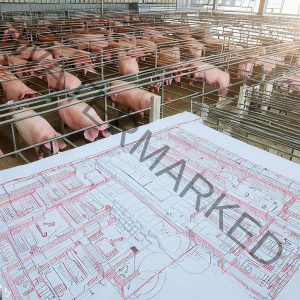
Step 1: Selecting the Right Location
Sunlight and Shade
Choose a location that receives ample sunlight during the day. Pigs enjoy basking in the sun, but it’s equally important to provide shaded areas to protect them from excessive heat.
Read Also: Poultry House Plan Design Pdf [A-Z Building Plan]
Proximity to Water and Food
Position the pig pen close to a water source and a feeding area. This ensures that the pigs have easy access to food and clean water at all times.
Drainage and Elevation
Ensure that the location has proper drainage to avoid waterlogging during heavy rainfall. Elevate the pen slightly to prevent water from pooling inside.
Read Also: [Beginners Guide] How To Build A Poultry House For Layers
Step 2: Designing the Pig Pen
Choosing the Right Type of Pen
Select a pen design that suits your farm’s specific needs. You can opt for a simple open enclosure or an enclosed pen with a shelter for added protection.
Size and Capacity Considerations
Calculate the space required based on the number and size of pigs you intend to keep. A general rule of thumb is to allocate at least 50 square feet per pig.
Read Also: [DIY Guide] Poultry House Construction Guidelines Pdf
Materials Needed
Gather the necessary materials, including fencing materials, wooden posts, roofing materials, and concrete (if required). Ensure that all materials are of good quality and suitable for outdoor use.
Step 3: Constructing the Pig Pen
Clearing and Leveling the Ground
Clear the area of any debris, rocks, or plants that may obstruct the construction process. Level the ground to create a stable foundation for the pen.
Read Also: How to Build a Pig Pen with Hog Panels [Beginner’s Guide]
Building the Enclosure
Construct the pen’s perimeter using sturdy fencing materials. Dig fence posts into the ground and secure them firmly to ensure the enclosure’s stability.
Read Also: 12 Requirements To Start A Poultry Farming Business
Installing Fencing and Gates
Attach the fencing material to the posts, leaving no gaps that could allow pigs to escape. Install a gate for easy access to the pen and ensure it closes securely.
Creating a Shelter
If you opt for an enclosed pen, build a shelter using suitable roofing materials. The shelter should protect the pigs from rain, wind, and extreme temperatures.
Here Is A Vidoe Showing Demonstration On How To Morderb Build A Pig Pen
Step 4: Bedding and Waste Management
Selecting Suitable Bedding
Provide comfortable bedding inside the shelter to keep the pigs warm and dry. Straw or hay works well as bedding material.
Implementing a Waste Management System
Devise a waste management plan to keep the pen clean and hygienic. Regularly remove waste and replenish bedding to maintain a healthy environment.
Read Also: [Beginner’s Guide] How To Build A Pig Pen With Pallets
Step 5: Feeding and Watering
Choosing the Right Feeders
Opt for sturdy and easy-to-clean feeders. Place them at a comfortable height to allow the pigs to eat comfortably.
Providing Accessible Water Sources
Ensure that the water source is easily accessible to the pigs. Consider installing automatic waterers for a continuous supply of fresh water.
Read Also: 12 Tips On How to Build a Pig Pen Successfully
Step 6: Safety and Security
Protection from Predators
Fortify the pen’s fencing to protect the pigs from potential predators such as foxes or wild dogs.
Read Also: 14 Cheapest Way To Build A Pig Pen
Minimizing Health Risks
Regularly monitor the pigs for signs of illness and provide necessary medical attention. Keep the pen clean and dry to prevent the spread of diseases.
Step 7: Maintenance and Cleaning
Regular Inspections
Conduct routine inspections of the pen to check for any damages or wear and tear. Promptly repair any issues to maintain the pigs’ safety.
Cleaning and Sanitizing the Pen
Regularly clean the pen and disinfect it to prevent the buildup of harmful bacteria and maintain a healthy environment for the pigs.
Step 8: Standard Guidelines and Regulations
Compliance with Local Laws
Before constructing the pig pen, familiarize yourself with local regulations regarding pig farming and pen construction. Ensure that your pen adheres to these guidelines.
Animal Welfare Standards
Abide by animal welfare standards and provide the pigs with proper care, adequate space, and a comfortable environment.
Types of Pig Pens and How to Build Them: A Comprehensive Guide
When it comes to pig farming, providing a suitable and comfortable living space for your pigs is essential for their well-being and productivity. Different types of pig pens cater to various farm sizes and setups. In this guide, we will explore the different types of pig pens, provide small-scale pig housing plans, explain pig shelter ideas, and discuss appropriate pen sizes for varying pig numbers.

Open-Air Pens
Open-air pens are the simplest and most cost-effective type of pig housing. They offer ample space for pigs to roam freely, promoting natural behavior. However, they provide minimal protection from extreme weather conditions and may not be suitable for colder climates.
Enclosed Pens
Enclosed pens provide a more controlled environment for pigs. They are typically roofed and have sturdy walls, offering protection from harsh weather and predators. Enclosed pens are ideal for smaller farms and piglets that need extra care.
Confinement Pens
Confinement pens are designed for large-scale commercial pig farming. They are more intensive, with multiple pigs housed in a limited area. These pens require proper ventilation and waste management systems to ensure the pigs’ health.
Small-Scale Pig Housing Plans
For small-scale pig farming, a simple and affordable pen design is suitable. Consider using wooden posts and sturdy fencing materials to create a secure enclosure. Incorporate a small shelter with a raised platform for bedding and protection from the elements.
Piggery Floor Plan Design
Designing a piggery floor plan involves careful consideration of space and functionality. Divide the area into pens based on pig size and age groups. Incorporate feeding and watering areas, as well as a waste management system for easy cleaning.
Pig Shelter Ideas
Creating a comfortable shelter for your pigs is vital. You can use a variety of materials such as wood, metal, or concrete to build a sturdy and weather-resistant shelter. Consider providing bedding material like straw or hay for added warmth and comfort.
Pig Pen Size for Different Pig Numbers
For five pigs, an enclosed pen with an area of at least 250 square feet is suitable. This allows each pig to have enough space to move and interact comfortably.
Pig Pen Size for 20 Pigs
For twenty pigs, a larger pen of approximately 1000 square feet is required. Consider dividing the space into sections to manage the pigs effectively.
Pig Pen Size for 3 Pigs
For three pigs, a smaller pen of around 150 square feet is sufficient. Ensure they have access to shelter, food, and water within the enclosure.
Pig Pen Size for 2 Pigs
For two pigs, a pen size of about 100 square feet is appropriate. Remember to provide a suitable shelter and adequate bedding.
How Big Does a Pig Pen Need to Be?
The size of a pig pen depends on the number of pigs and their size. A general guideline is to allocate at least 50-60 square feet per pig. Larger pigs may require more space.
What Is the Best Setup for a Pig Pen?
The best setup for a pig pen depends on the farm’s scale and your resources. An enclosed pen with proper ventilation, easy access to food and water, and a comfortable shelter is generally recommended.
What Do You Put on the Floor of a Pig Pen?
Straw or hay is commonly used as bedding material on the floor of a pig pen. It provides comfort, helps regulate temperature, and absorbs waste.
How Do You Keep a Pig Pen from Smelling?
Regularly clean the pig pen and remove waste to prevent odors. Proper ventilation and waste management systems also help minimize smells.
Cost of Building a Pig Pen
The cost of building a pig pen varies depending on the size, materials used, and location. A small-scale pen may cost a few hundred dollars, while larger, more elaborate setups can cost several thousand dollars.
How to Build a Pig Barn
Building a pig barn requires careful planning and construction. Consider hiring professionals to ensure a sturdy and well-designed structure that meets your specific needs.
How to Build Homestead Pig Pen
For a homestead pig pen, start with a secure enclosure using wooden posts and fencing. Add a simple shelter and a waste management system. Homestead pens can be tailored to your farm’s unique requirements.
What Is the Pig Pen Size per Pig?
As mentioned earlier, the general recommendation is to allocate at least 50-60 square feet per pig to provide enough space for movement and natural behavior.
The welfare of your pigs should always be a top priority. Properly designed and maintained pig pens ensure healthy and contented pigs, ultimately leading to a successful pig farming venture.
What is the Best Material for a Pig Pen?
When it comes to selecting the best material for a pig pen, several factors should be considered, including durability, ease of maintenance, safety, and cost. Here are some popular materials commonly used for building pig pens:
1. Hog Panels
Hog panels are a popular choice for pig pens due to their sturdiness and durability. They are made from heavy-duty welded wire, providing excellent visibility and good airflow. Hog panels can withstand the pigs’ weight and are effective in keeping predators out.
2. Concrete
Concrete is a durable and easy-to-clean material that works well for pig pen flooring or walls. It provides good drainage and is resistant to wear and tear. However, concrete can be costly and may require proper insulation in colder climates.
3. Wooden Boards
Wooden boards are commonly used to construct pig pen walls. They offer privacy and protection from the elements. However, wood may require regular maintenance to prevent rot and deterioration.
4. Chain Link Fencing
Chain link fencing is a versatile option for larger pig pens. It is relatively affordable, provides visibility, and is easy to install. However, it may not be as sturdy as hog panels.
5. Pallets
As discussed in the previous section, pallets can be a budget-friendly option for constructing a pig pen. They are easily accessible and can be repurposed for walls or even flooring.
6. Slatted Flooring
Slatted flooring with gaps between the slats allows waste to fall through, keeping the surface cleaner. It provides good traction for the pigs’ feet and is commonly used in commercial pig farming.
7. Rubber Mats
Rubber mats are an option for pig pen flooring, particularly in farrowing areas. They offer a soft surface for the pigs to lie on and help prevent leg injuries.
Ultimately, the best material for your pig pen will depend on your specific needs, budget, and preferences. Ensure the chosen material provides a safe and comfortable environment for your pigs while being easy to maintain.
What Do You Put on the Floor of a Pig Pen?
The flooring of a pig pen is an essential aspect of pig husbandry. It should be comfortable, safe, and easy to clean. Here are some commonly used materials for pig pen flooring:
1. Dirt/Gravel Flooring
Dirt or gravel flooring is a straightforward and affordable option. However, it can be challenging to keep clean and may become muddy in wet weather. Regular maintenance is necessary to prevent waste buildup.
2. Concrete Flooring
Concrete is a popular choice for pig pen flooring. It is durable, easy to clean, and provides good drainage. However, it can be hard on the pigs’ feet, so providing bedding areas is essential for their comfort.
3. Slatted Flooring
Slatted flooring consists of gaps between the slats, allowing waste to fall through. It keeps the surface cleaner and provides good drainage. However, it might not be the most comfortable for the pigs to stand on for extended periods.
4. Rubber Mats
Rubber mats are used to cover concrete or slatted flooring, offering a soft and comfortable surface for the pigs to lie on. They help prevent leg injuries and improve the overall welfare of the animals.
5. Straw Bedding
Straw bedding is commonly used in pig pens, especially for farrowing areas. It provides a soft and insulating surface for the pigs to rest on, reducing the risk of injuries.
6. Wood Shavings
Wood shavings are another popular bedding material. They are absorbent, help control odors, and provide a comfortable resting area for the pigs.
7. Sand
Sand is an option for providing a soft and natural surface for the pigs. It allows for good drainage and can be raked and cleaned easily.
When choosing the flooring material for your pig pen, consider the pigs’ age, size, and specific needs. Regularly clean and maintain the flooring to ensure a hygienic and comfortable environment for your pigs to thrive.
How much space should I allocate per pig in the pen?
It is recommended to allocate at least 50 square feet per pig to ensure they have enough space to move and interact comfortably.
Can I use concrete flooring for the pen?
While concrete flooring is easy to clean, it can be hard on the pigs’ feet. If you choose concrete flooring, provide a comfortable bedding area.
How often should I clean the pen?
Regularly clean the pen and remove waste to maintain a hygienic environment. Clean the pen at least once a week or as needed.
Do pigs need a shelter in their pen?
Yes, a shelter provides protection from harsh weather conditions and ensures the pigs’ comfort and well-being.
What type of fencing is best for pig pens?
Sturdy, heavy-gauge wire fencing is recommended to prevent pigs from escaping and to protect them from predators.
Conclusion
Building a pig pen for your small backyard farm or large farm is a rewarding endeavor that requires careful planning and execution. By understanding the needs of pigs, selecting the right location, and following the step-by-step guide, you can create a safe and comfortable space for your pigs to thrive. Remember to comply with local regulations and prioritize the well-being of your pigs to ensure a successful and sustainable pig farming venture.
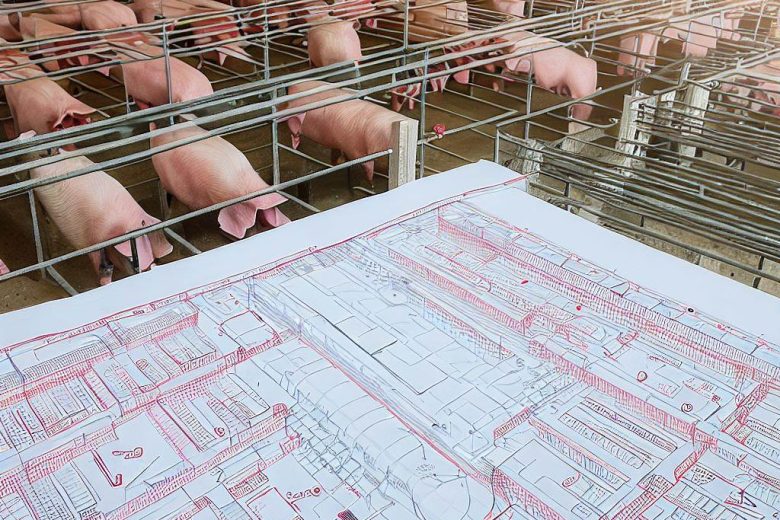
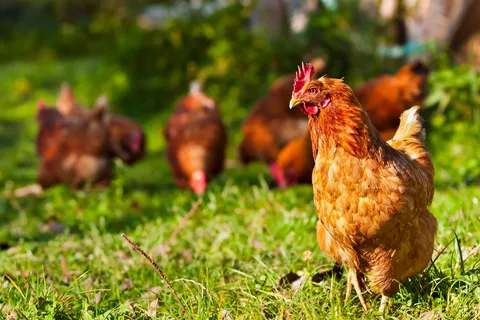
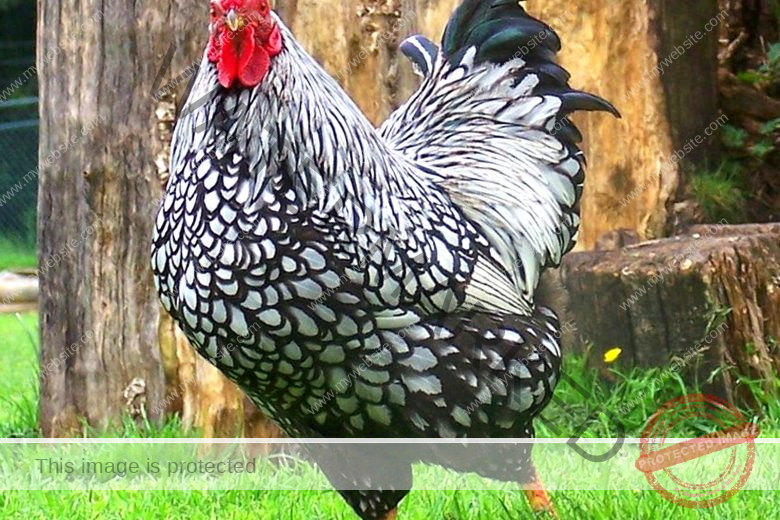

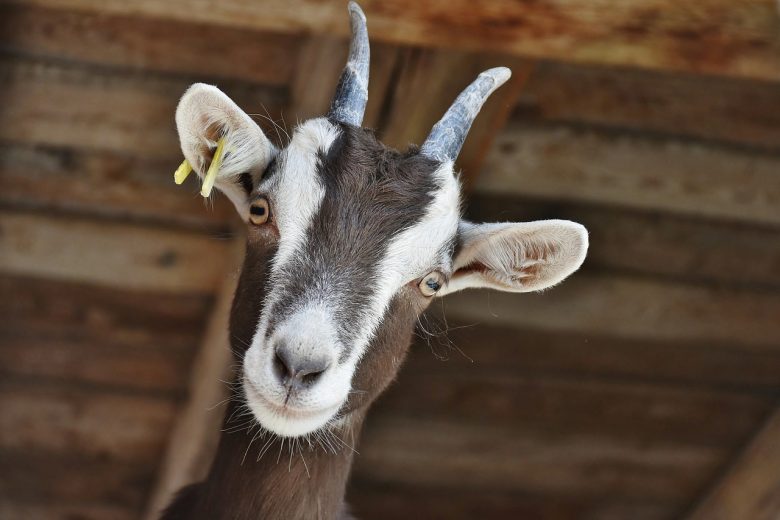

One Reply to “[Beginners Guide] How To Build A Pig Pen For Large & Small Farms”